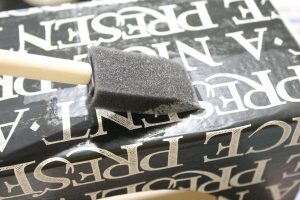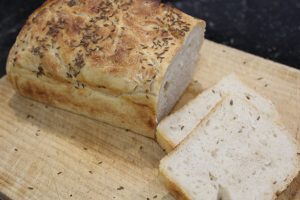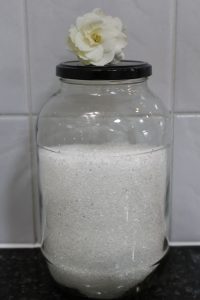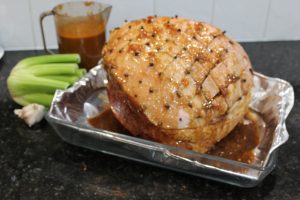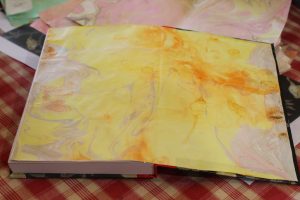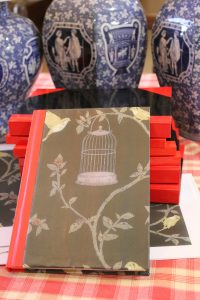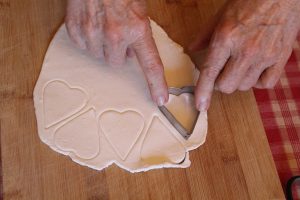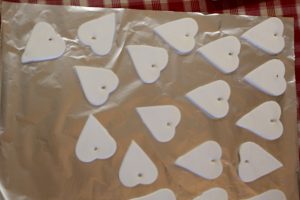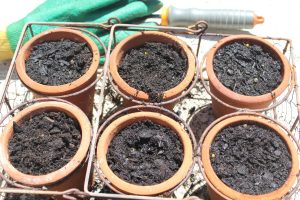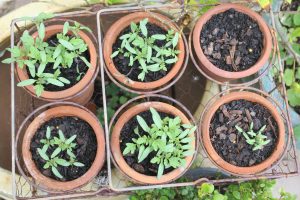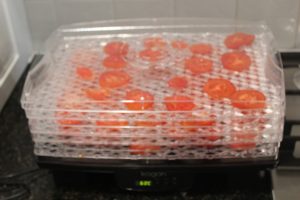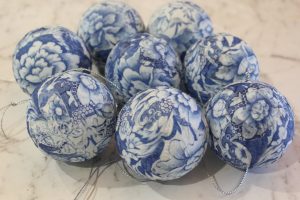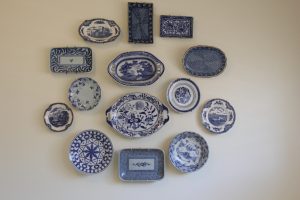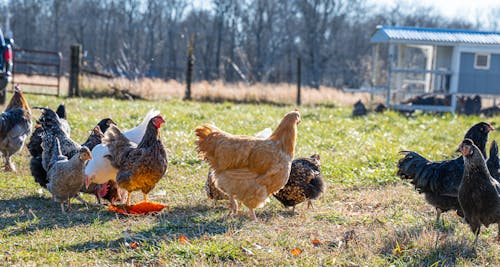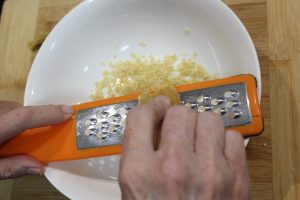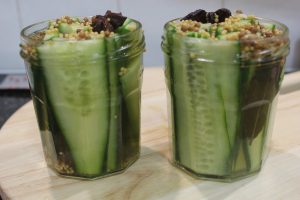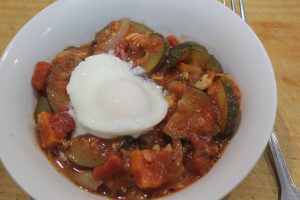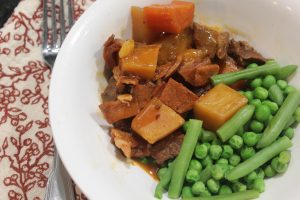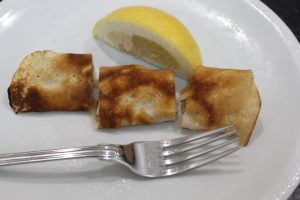cooking
Are you trying not to throw away fresh food? Me too. Recently when I opened a packet of chicken breasts I wondered if they were actually turkey breasts or maybe emu! I eyed off the enormous chicken breasts for a while then decided that rather than cut them in half as the recipe directed, I needed to cut each into about six pieces. I’d chosen the recipe because I needed to use some baby romano tomatoes, baby spinach and the chicken. Plus I had everything else listed. I got to use up lots of ingredients already in the fridge.


I had to adjust the quantities of the ingredients to accommodate all the chicken! So I had to make it in two frying pans. Luckily we like chicken. We will be eating Tomato, Spinach, White Wine Chicken for quite a while. I’ve served this chicken dish with mashed potato and will also serve it with spicy rice, then couscous. The author also suggests thick noodles. Recipe (here)
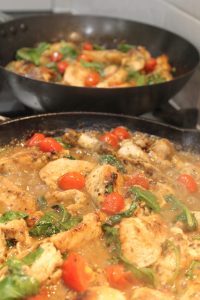

At the same time I baked a loaf of sourdough. Due the heat in Western Australia, the starter was very energetic! I thought the loaf was going to bubble over the edges of the baking tin, but it didn’t and it tasted great!


Sourdough with caraway seeds. Delicious.
When rain was forecast for Sunday I decided to cook a traditional roast lunch. Our son was here for the weekend and we like to sit at the table and talk. I had to sort out so much stuff on the table, it had become a sort of dumping ground.
Sunday morning arrived bright and sunny and 21ºC. No rain in sight. Put the meat to roast, prepared the vegetables and opened the French doors so we could hear the fountain. Faux rain. Lunch was long and lovely, plus there was leftovers for a light dinner and cold roast beef and pickle sandwiches the next day.






Apple crumble and icecream with a sprinkle of cinnamon.
author talk
A while ago I wrote a review about a book I’d read by Rachel Johns called, ‘The Other Bridget’ a joke on Helen Fielding’s book ‘Bridget Jones Diary.’ Although written to appeal to a younger reader, I suspect, I really enjoyed it. The plot was clever with lots of twists and turns and it was written about an area I know well. I read a lot and it’s not often novels are set in Fremantle, Western Australia.


We were going away for a break so I borrowed two more books by the same author. Again I enjoyed the local settings and the clever story line. So when the Fremantle Library advertised an author talk with the author, Rachel Johns, I responded immediately and got a ticket. I am so glad I did, too.
Glancing around the room it became apparent those women attending were aged from their twenties through to about 70. Johns’ presentation and following open discussion with the audience was just like the books, that is, fast, funny and full of current affairs. So entertaining.


Some of the bright, chunky beads I wanted to reuse.
I had also enrolled in a course run earlier that day called UNIQUE JEWELLERY. When I was working as a junior primary teacher I always wore bright, chunky necklaces as the children liked them so much. Not really suitable for the life I live now, so I wanted to convert some of them to be more toned down. I also needed to mend some of the clasps and just work out what I could retrieve from my colourful collection.


I made a necklace with a ring for my glasses as I lose them all the time! I was inspired by the necklace the tutor was wearing with her glasses hooked on it. I think I could just wear it as a necklace, too. I also had time to repair the clasps on some necklaces. Later, I took apart some pieces to make new, less colourful necklace. I have bought a kit to renew more clasps and to make new necklaces.


Reusing beads to make a new necklace. Satisfying project.
P.S. There’s a problem with the necklace I made to hold my glasses; it is too long and heavy and crashes into the bench top and whatever I’m working on and is annoying. I’ll probably take it apart and make a new necklace. So, still misplacing my glasses, so I’ve bought a few extra pairs to limit the time spent hunting for reading glasses.





